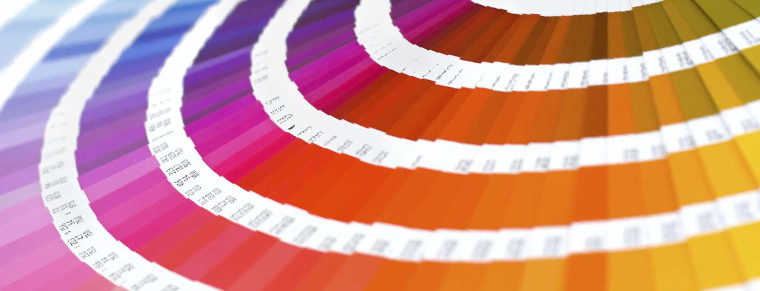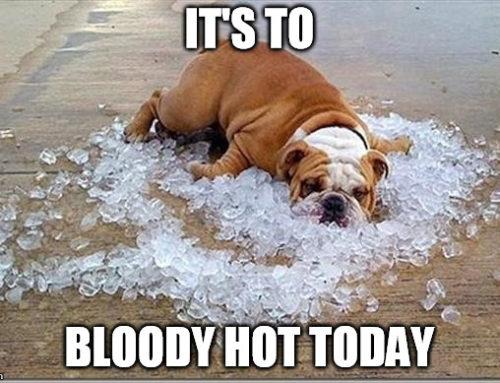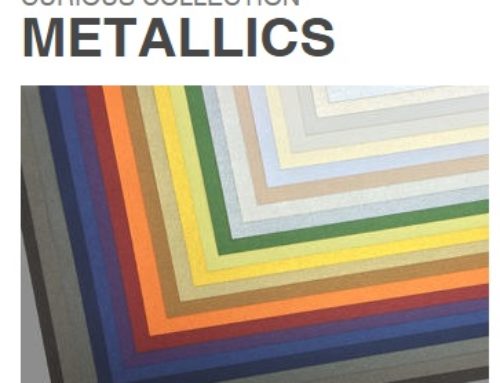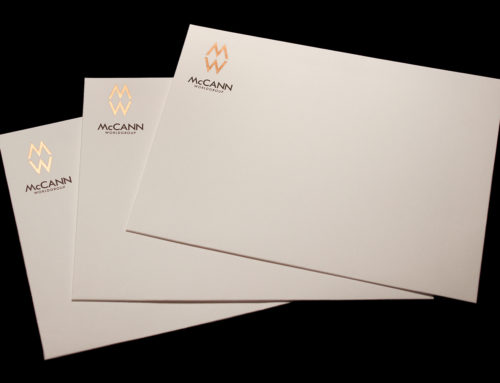Engravers typically use the uncoated color chips of the Pantone Matching System. To find out the reasons behind this we spoke with Peter Anderson of Buzz Sales Company, a leading manufacturer of engraving inks.
The Pantone Chart, a tool created for offset printers, is produced using the same transparent inks printed alternately on coated (gloss) and uncoated (matte) stocks. The formulas given on the Pantone Charts are the same on either stock. The swatches on the uncoated stock appear “dull” and those on the coated stock appear “glossy” because of the absorption of the ink and the reflective properties of the paper.
Engraving inks are highly opaque inks and they present color differently. In order to match Pantone Colors, engravers must utilize a different palette of opaque colors to essentially “emulate” them. (Additionally, since engraving may present a color differently due to differences in the way the image is engraved – screens, solids, fine lines – the ink color must sometimes be adjusted to compensate for these so that the desired color may still be discerned when it is stamped.)
For the most part, engravers tend to view the Pantone Chart in terms of uncoated. Uncoated inks are water-based matte engraving inks. They have a matte finish to them regardless of the type of paper they are engraved on. They will not have the “shine” that you see with offset inks on a coated paper. To achieve a closer simulation of a coated color the engraving inks need to be varnish (solvent) based. They still have a matte finish to them.
For engraving we must consider the coated and uncoated colors to be 2 different and distinct colors. Hold the swatches of the same Pantone colors side by side. When compared, the “coated” colors are considerably brighter, cleaner and more intense. The “uncoated” colors actually look dull and dirty by comparison. But they are the same inks! So, since our engraving inks are all matte finish, each Pantone version requires a different formula to reach the desired end. But here is also a problem: The uncoated versions are much easier and more forgiving to match. Because the coated versions are so bright, clean and intense, they are often much more difficult to emulate. In fact, sometimes we must actually use fluorescent colors as part of the formulation to get the right look. There are some coated colors that are virtually impossible to match well.
Whenever specifying PMS colors for engraving make sure you specify coated or uncoated.
For more information on Buzz Sales Company please visit http://www.buzzsales.com/







